On this page, you can find a comprehensive archaeology vocabulary list along with links to games, flashcards, and other resources to help you learn and review the terms associated with this subject. Get ready to expand your knowledge and understanding of archaeology terminology!
Archaeology is the study of human history and prehistory through the excavation and analysis of artifacts, structures, and other physical remains. This field of study offers valuable insights into past cultures, societies, and civilizations, enabling us to gain a deeper understanding of how humans have evolved and interacted with their environments over time. Archaeologists employ a range of techniques and tools to uncover and interpret these ancient remains, shedding light on the origins and evolution of human civilization. Through careful excavation and analysis, archaeologists can piece together the puzzle of our collective past, providing important context and perspective on the world we live in today.
Practice & Reinforce Your Learning
Archaeology Vocabulary List
Prehistoric archaeology
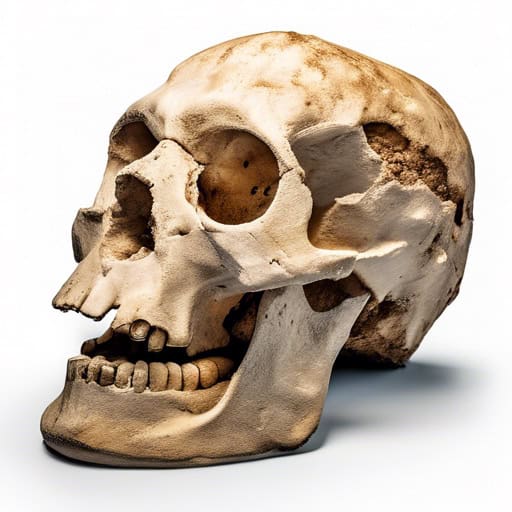
- Archaeology involves excavating ancient ruins to uncover clues about past civilizations.
- The field of archaeology relies heavily on the use of scientific methods to analyze and interpret artifacts.
- Archaeology plays a crucial role in piecing together the history of humanity and understanding our cultural heritage.
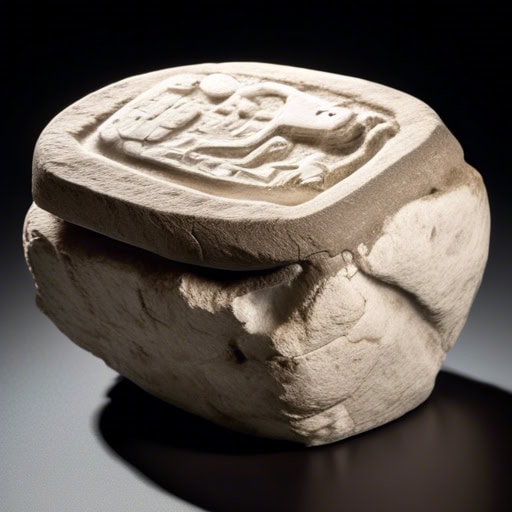
- The archaeologists discovered a significant artifact at the ancient burial site.
- The artifact was carefully preserved and studied to learn more about the ancient civilization.
- The artifact displayed intricate carvings and intricate designs, showcasing the craftsmanship of its creators.

- The excavation of the ancient burial site revealed a collection of well-preserved pottery and tools.
- Archaeologists spent months carefully documenting each layer of soil during the excavation process.
- The team used specialized tools to carefully uncover the remains of a prehistoric village during the excavation.
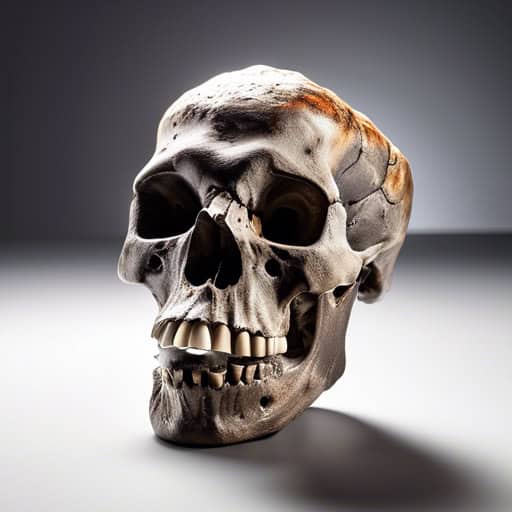
- Radiocarbon dating is commonly used by archaeologists to determine the age of ancient artifacts.
- The accuracy of radiocarbon dating depends on the assumption that the amount of carbon-14 in the atmosphere has remained relatively constant over time.
- By using radiocarbon dating, scientists were able to accurately date the remains of the ancient civilization.
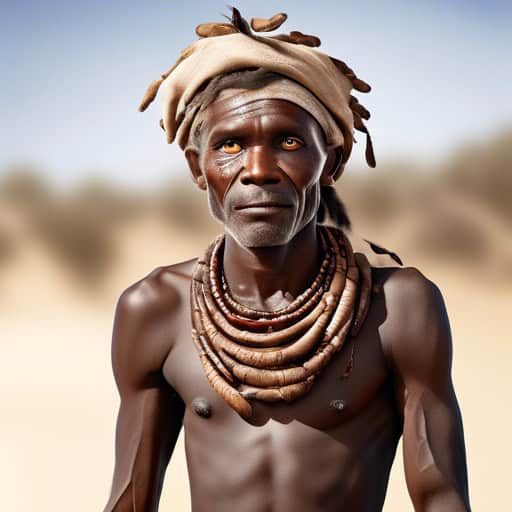
- Hunter-gatherers were skilled at tracking and hunting animals for food.
- The lifestyle of a hunter-gatherer required constant movement in search of resources.
- Many ancient cultures, such as the indigenous peoples of North America, were hunter-gatherers.
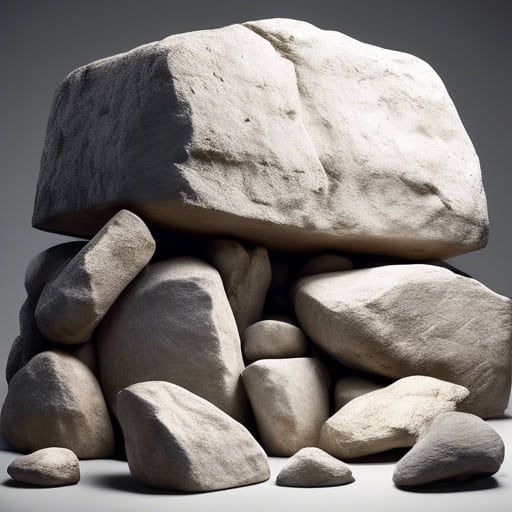
- The megalithic structures found in the area date back thousands of years, showcasing the advanced building techniques of ancient civilizations.
- Archaeologists have been studying the megalithic monuments to gain insight into the religious and cultural practices of these early societies.
- The megalithic site is a popular tourist destination, attracting visitors from around the world to marvel at the impressive stone formations.
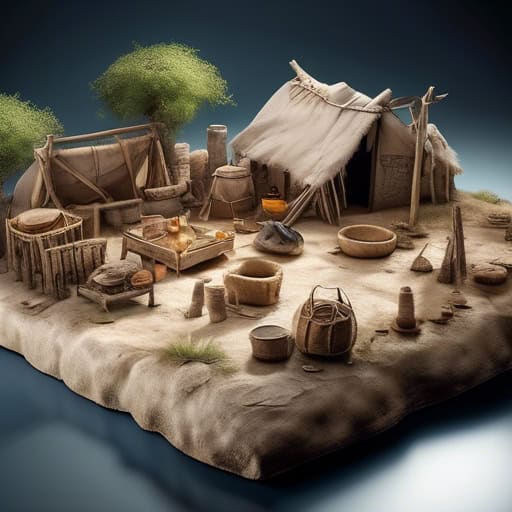
- The archaeological team discovered a well-preserved settlement dating back to the Bronze Age.
- Excavations revealed a complex network of dwellings and storage pits within the settlement.
- The settlement was strategically located near a water source, suggesting a reliance on agriculture for sustenance.

- The prehistoric cave paintings found in France are believed to be over 30,000 years old.
- Prehistoric tools made from stone and bone have been discovered in various archaeological sites around the world.
- The study of prehistoric cultures helps us understand the development of early human societies.
Classical archaeology
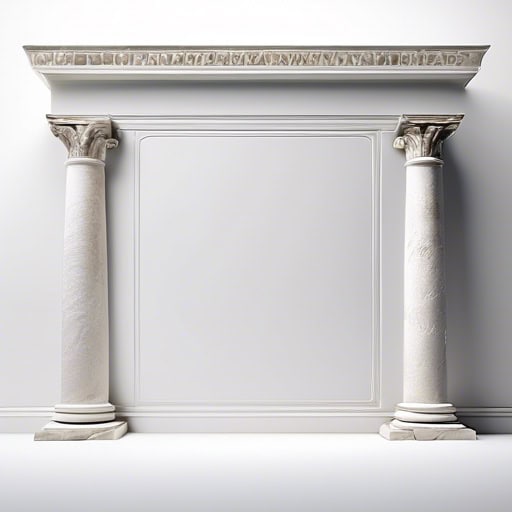
- During the Classical period, Greek pottery became more refined and elegant.
- The Classical period in music is often associated with composers like Mozart and Beethoven.
- The architecture of the Parthenon in Athens is a prominent example of the Classical period in art and design.
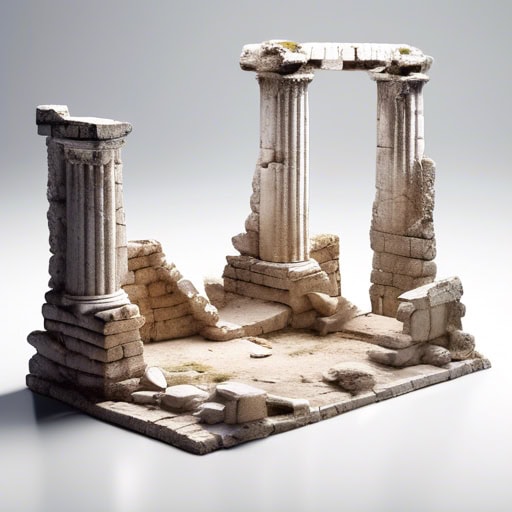
- The ruins of the ancient city were a haunting reminder of the once thriving civilization that had occupied the land.
- Exploring the ruins of the castle, visitors could imagine what life was like for the nobility who once resided there.
- Archaeologists uncovered intricate mosaics among the ruins, shedding light on the artistic achievements of the past.
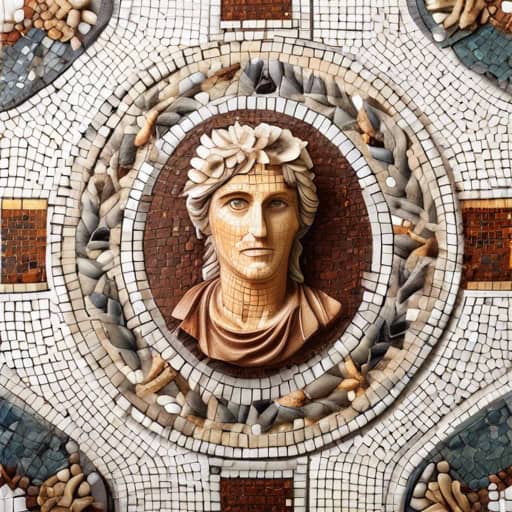
- The church's beautiful mosaic floor depicted scenes from the Bible.
- The artist spent months painstakingly creating a stunning mosaic mural for the city square.
- The intricate mosaic design on the fountain was a popular photo spot for tourists.
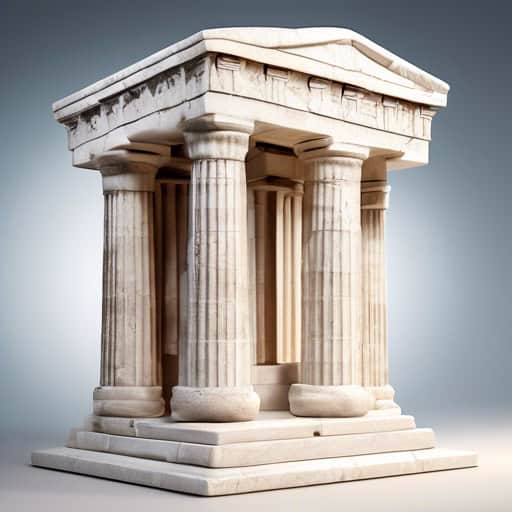
- The temple was adorned with intricate carvings and statues depicting gods and goddesses.
- Visitors would come from far and wide to pay their respects at the temple and seek blessings from the deities.
- Archaeologists uncovered the ruins of an ancient temple, revealing insights into the religious practices of the civilization.
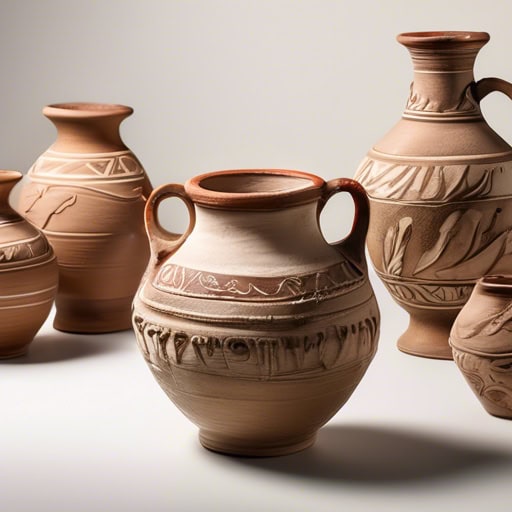
- The museum's collection of ancient pottery included beautifully crafted vases and urns.
- The pottery workshop offered classes on how to create your own ceramic pieces.
- Archaeologists unearthed shards of pottery from the ancient civilization, providing insight into their daily lives.
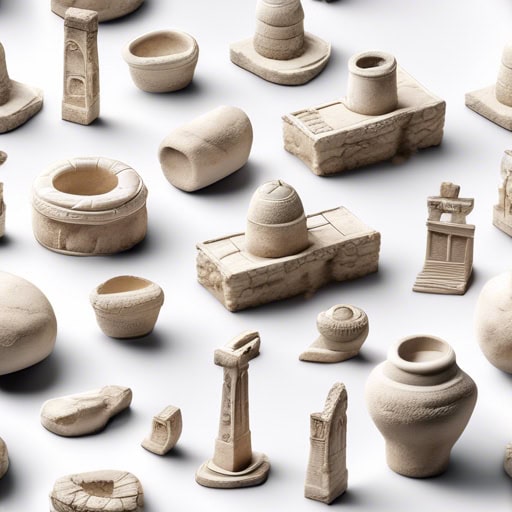
- The excavation team discovered a new archaeological site in the remote desert.
- The ancient city was declared an archaeological site and is now protected from development.
- Visiting an archaeological site can provide valuable insights into the daily lives of past civilizations.
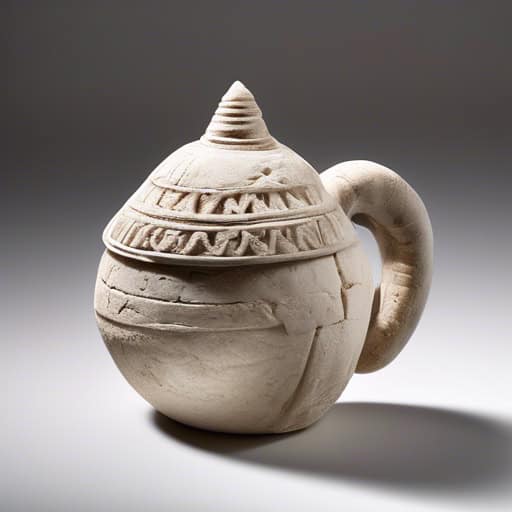
- The archaeologists discovered a rare artifact dating back to the Roman Empire.
- The museum had an impressive collection of artifacts from ancient civilizations.
- The artifact was carefully preserved and displayed in a glass case for visitors to admire.
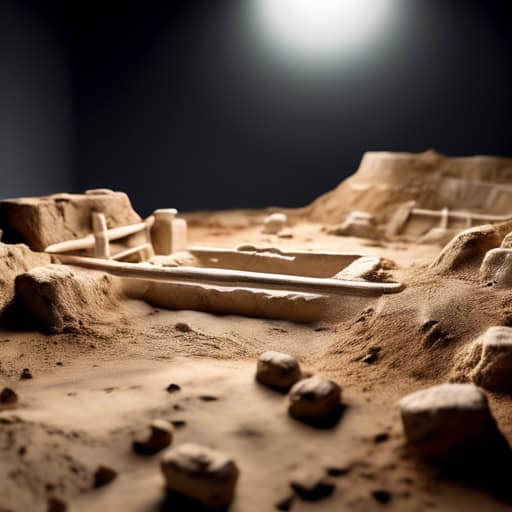
- The excavation of the ancient Roman city revealed well-preserved mosaics and pottery.
- Archaeologists used advanced technology to assist in the excavation process, such as ground-penetrating radar and 3D mapping.
- Excavation at the site continued for several years, uncovering a wealth of information about the daily lives of the people who once lived there.
Historical archaeology
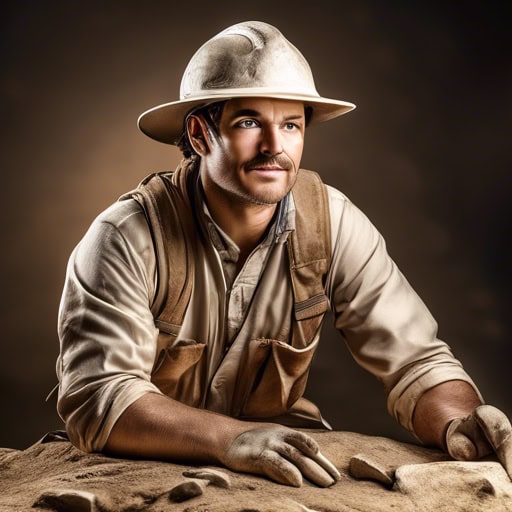
- The archaeologist carefully brushed away the dirt to reveal a perfectly preserved artifact from ancient times.
- As an archaeologist, she spent years studying the ruins of an ancient civilization to better understand their daily life and customs.
- The archaeologist used advanced technology to map out the layout of an ancient city buried beneath layers of sediment.
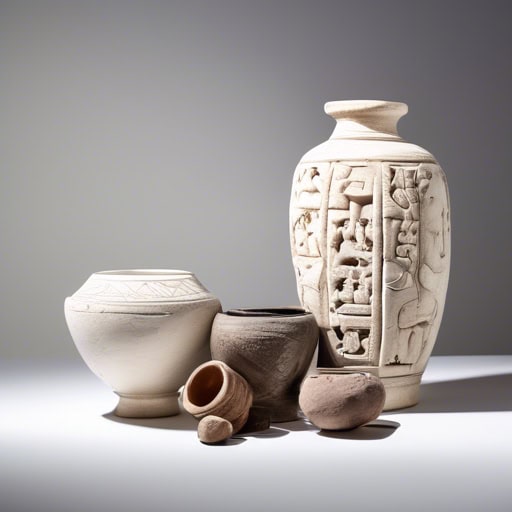
- The study of material culture in historical archaeology can reveal information about trade, social hierarchies, and technological advancements.
- Examining the material culture of a specific time period can help archaeologists piece together a more complete understanding of how people lived and interacted.
- Through the analysis of material culture, historians can gain a deeper appreciation for the daily lives and values of past civilizations.
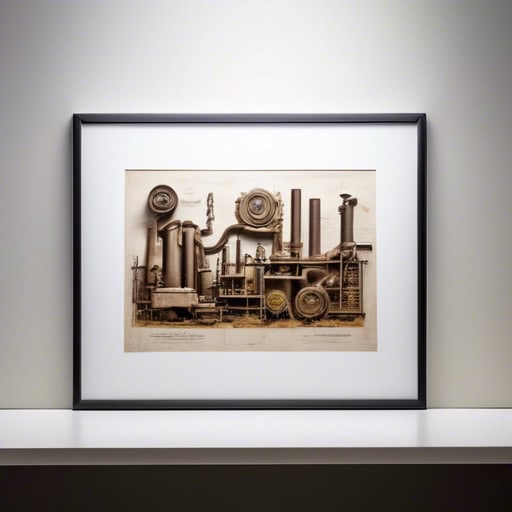
- The rapid industrialization of the 19th century led to significant advancements in technology and increased production efficiency.
- Many rural communities experienced drastic changes in lifestyle and economy due to the impact of industrialization.
- The environmental consequences of industrialization, such as pollution and deforestation, continue to be major concerns in modern society.
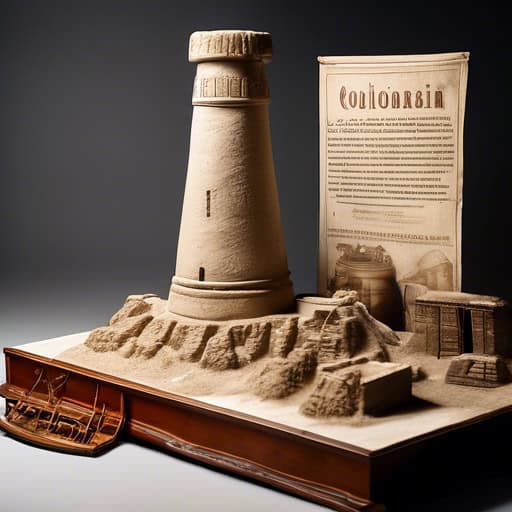
- The effects of colonialism can still be seen in many aspects of society today.
- Archaeologists study the material culture left behind by colonialism to better understand its impact.
- Colonialism often involved the exploitation of both natural resources and labor from indigenous populations.

- The archaeologist used stratigraphy to determine the relative ages of the artifacts found at the site.
- By analyzing the stratigraphy of the excavation area, researchers were able to piece together a timeline of human activity.
- Stratigraphy plays a crucial role in understanding the cultural and environmental changes that occurred over time at the archaeological site.
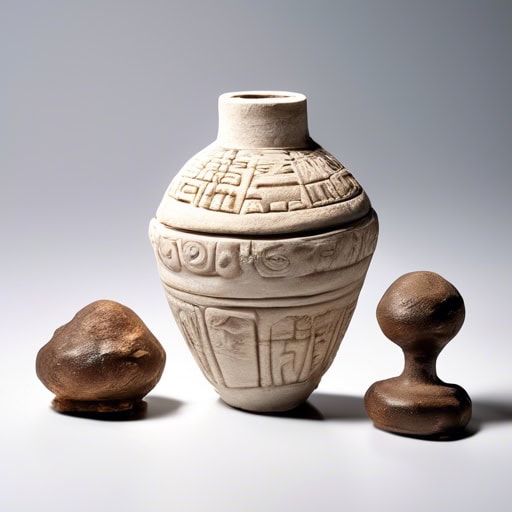
- The archaeologists discovered a rare artifact from the ancient civilization buried beneath the ruins.
- The museum display showcased a variety of artifacts, ranging from pottery to tools, that date back thousands of years.
- The artifact found at the excavation site shed light on the daily life and practices of the ancient society.
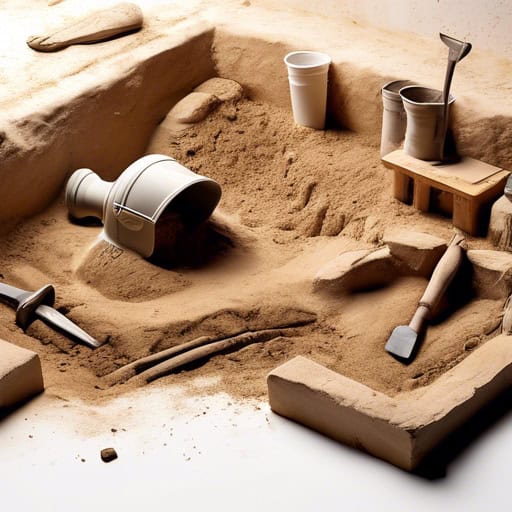
- The excavation of the ancient Roman villa revealed well-preserved mosaic floors and pottery fragments.
- Archaeologists are planning an excavation of the burial mounds in search of clues about the ancient civilization.
- The excavation of the shipwreck uncovered a treasure trove of artifacts from the 18th century.
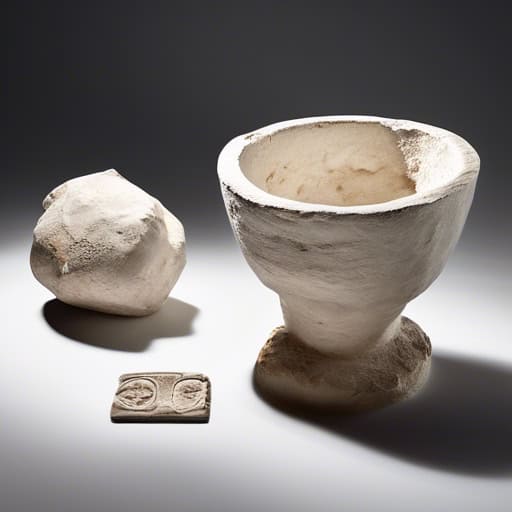
- The meaning of a word can change depending on the context in which it is used.
- It's important to understand the context of a situation before making a judgment.
- In order to fully comprehend a text, one must consider the context in which it was written.
Underwater archaeology
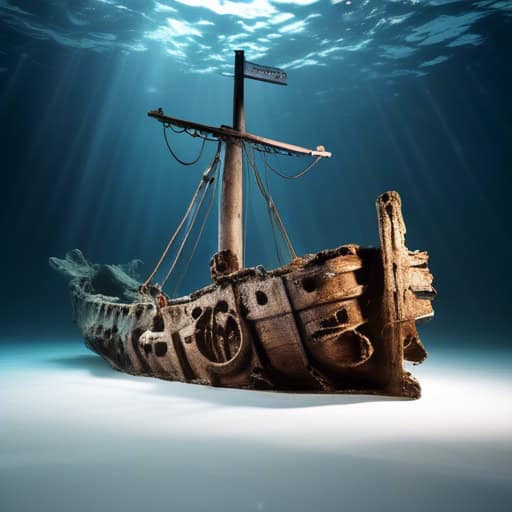
- The shipwreck was discovered by a team of divers exploring the depths of the ocean.
- The shipwreck was believed to have been a merchant vessel from the 18th century.
- Exploring the shipwreck revealed valuable artifacts and historical information about the time period.
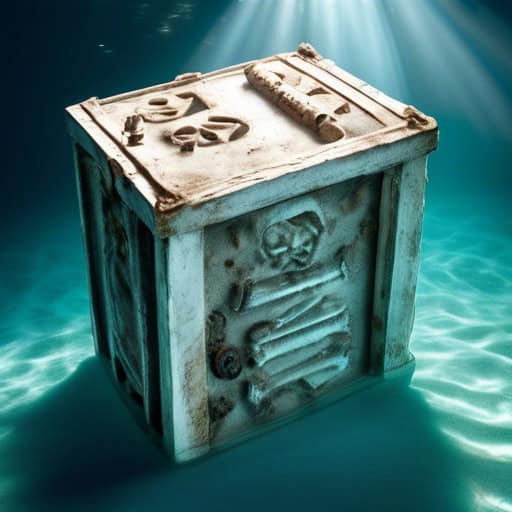
- The team of archaeologists discovered a shipwreck that had been submerged for centuries.
- The ancient city remains were submerged in the depths of the ocean, waiting to be explored.
- The diver carefully explored the submerged ruins of an ancient temple, marveling at the preservation of the artifacts.

- The Maritime Museum houses a collection of artifacts and exhibits highlighting the history of seafaring.
- The Maritime industry plays a significant role in the economy of coastal cities.
- Maritime law governs activities at sea and ensures safety and protection for vessels and crew.
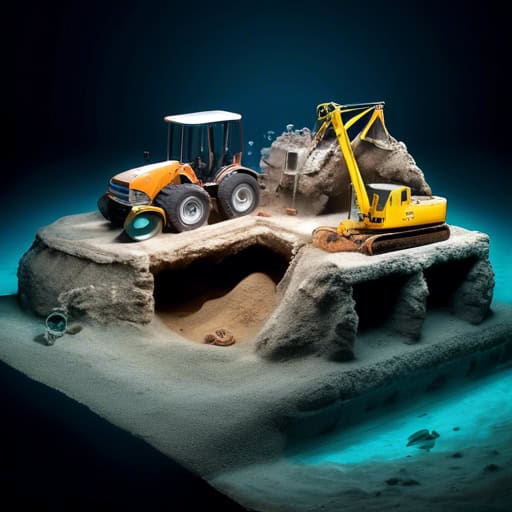
- The excavation of the shipwreck revealed numerous well-preserved artifacts from the 17th century.
- The team of archaeologists carefully documented each step of the excavation process.
- The excavation site provided valuable insight into the daily lives of ancient civilizations.
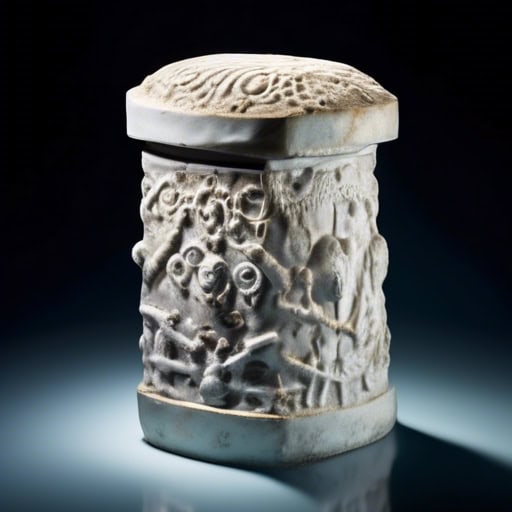
- The archaeologist discovered a rare artifact from a shipwreck dating back to the 17th century.
- The artifact was carefully retrieved from the ocean floor and transported to a conservation lab for further study.
- The artifact provided valuable insights into the maritime history of the region.

- The diver carefully examined the shipwreck for any artifacts that may have been preserved underwater for centuries.
- The experienced diver used specialized equipment to navigate through the murky depths of the ocean.
- After years of training, the diver was finally able to participate in an important underwater excavation project.

- The team of divers explored the underwater ruins of an ancient city.
- The underwater camera captured stunning images of colorful coral reefs.
- The submarine descended into the underwater canyon, revealing a hidden world of marine life.
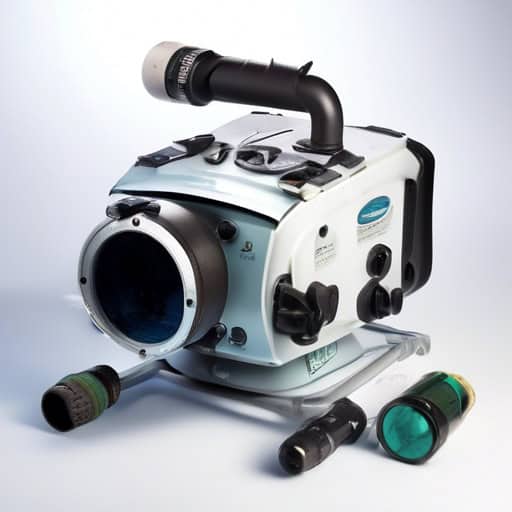
- The underwater archaeologists conducted a survey of the shipwreck to document its structure and artifacts.
- The survey revealed several well-preserved cannons and navigational instruments on the ocean floor.
- A detailed survey of the underwater site was essential for creating an accurate map of the shipwreck.
Industrial archaeology
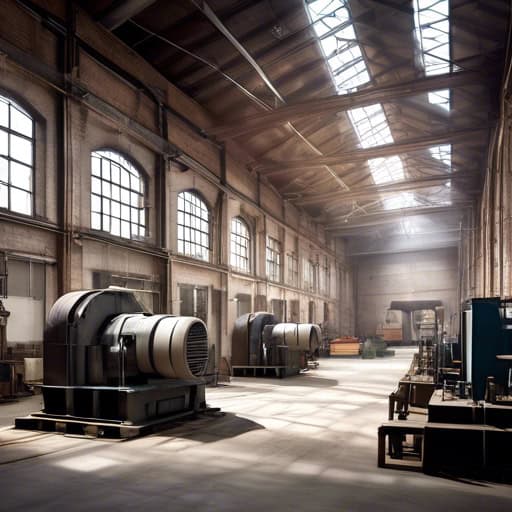
- The abandoned factory was a stark reminder of the town's industrial past.
- The factory workers went on strike to protest unsafe working conditions.
- The old factory was transformed into a trendy loft apartment complex.

- The development of industrial technology revolutionized manufacturing processes in the 19th century.
- Industrial technology has greatly increased productivity and efficiency in factories worldwide.
- The preservation of industrial technology artifacts is crucial for understanding the history of industrialization.
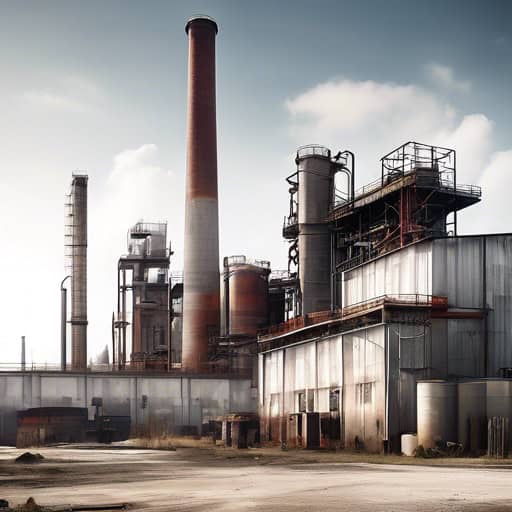
- The abandoned industrial site was littered with old machinery and rusted equipment.
- The new factory was built on the outskirts of town, far from any residential areas.
- The industrial site was designated as a historical landmark due to its significance in the region's industrial history.
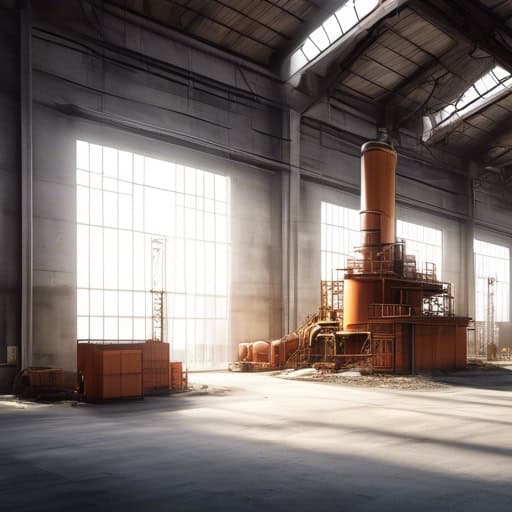
- The country experienced rapid industrialization in the early 20th century, leading to significant economic growth.
- Industrialization brought about major changes in the way people lived and worked, transforming traditional agrarian societies into urbanized industrial centers.
- The environmental impact of industrialization has become a growing concern as factories and manufacturing plants release pollutants into the air and water.
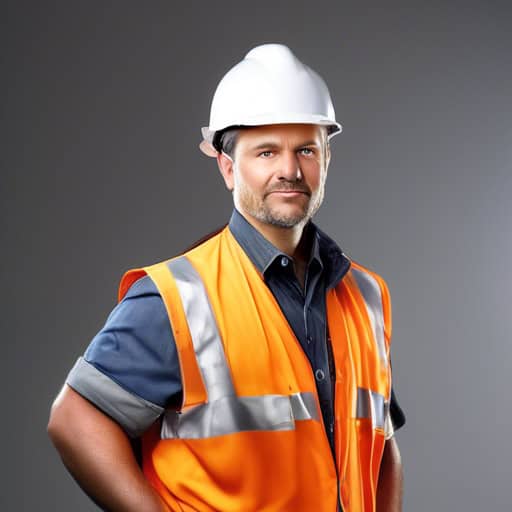
- The industrial archaeologist discovered a rare piece of machinery at the abandoned factory.
- After years of research, the industrial archaeologist was able to piece together the history of the old mining town.
- The work of an industrial archaeologist is crucial in preserving our industrial heritage for future generations.
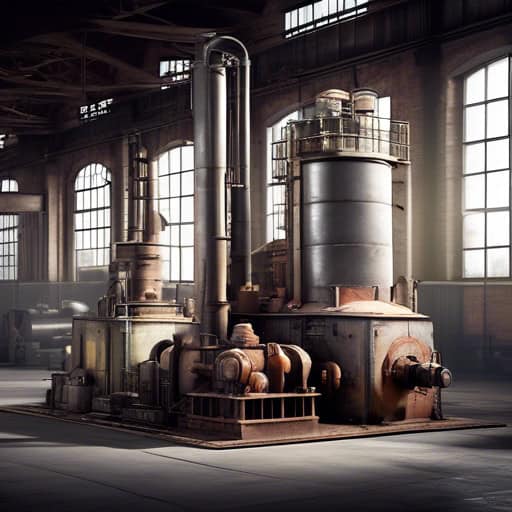
- The city's industrial heritage can be seen in the abandoned factories and warehouses that still dot the landscape.
- Many towns are now embracing their industrial heritage by converting old mills and factories into trendy new residential and commercial spaces.
- Preserving our industrial heritage is important for understanding the economic and social changes that have shaped our communities.
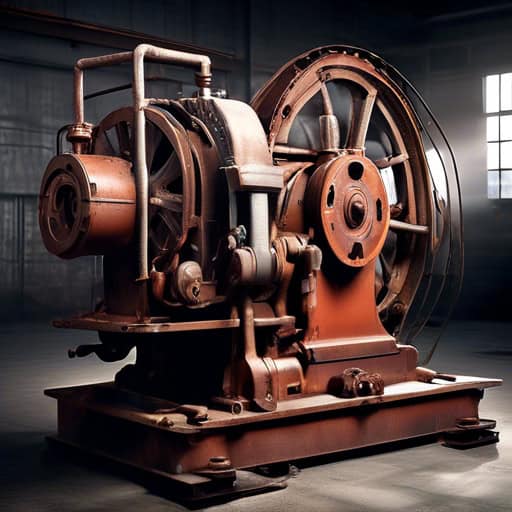
- The factory was full of noisy machinery clanking and whirring as workers operated the equipment.
- The machinery used in the production line was outdated and in need of maintenance.
- The industrial archaeologist carefully examined the old machinery in the abandoned factory to uncover clues about its history and use.

- The Industrial Revolution brought about major changes in manufacturing processes and technology.
- Many old factories from the Industrial Revolution have been preserved as industrial heritage sites.
- The impact of the Industrial Revolution on society and the economy was profound and long-lasting.
Ethnoarchaeology
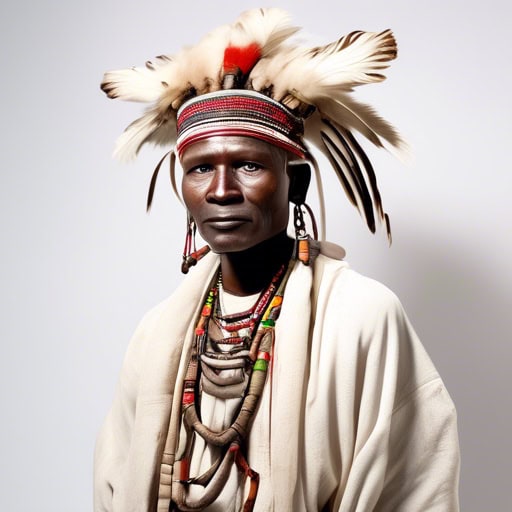
- Ethnography plays a crucial role in ethnoarchaeology by providing insights into the cultural practices of contemporary societies.
- Researchers use ethnography to examine how modern societies interact with their environment and create material culture.
- The application of ethnography in ethnoarchaeology allows archaeologists to interpret the behaviors and activities of ancient civilizations based on observations of living cultures.

- The study of material culture in ethnoarchaeology provides valuable insights into the daily lives and practices of ancient civilizations.
- Archaeologists use material culture to piece together the puzzle of human history and societal development.
- Preserving and interpreting material culture is essential for understanding and appreciating the heritage of different cultures.
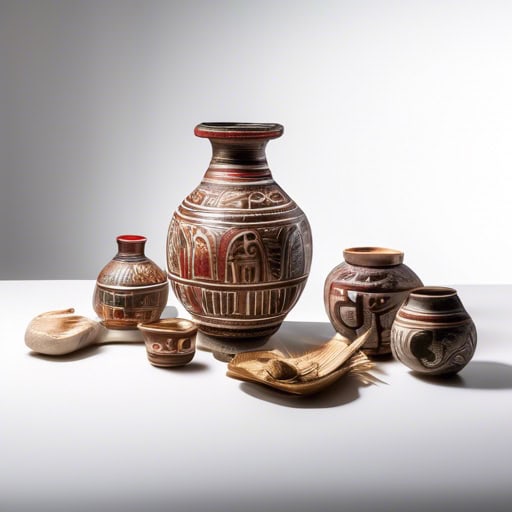
- The preservation of tradition is a key aspect of many indigenous cultures around the world.
- In ethnoarchaeology, studying the evolution of tradition can provide valuable insights into the social dynamics of a community.
- Traditional ceremonies and rituals play a significant role in maintaining cultural identity and cohesion within a society.
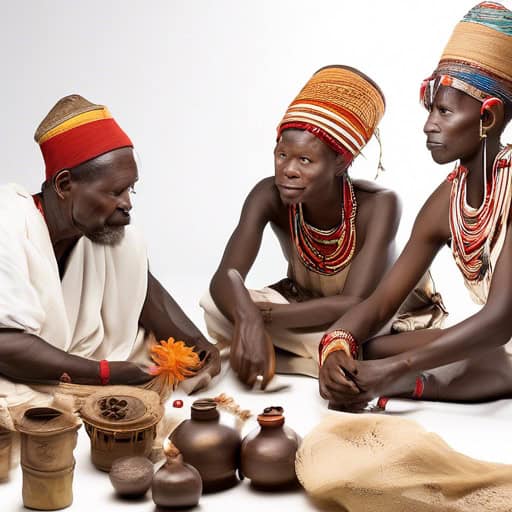
- Ethnographic research plays a crucial role in ethnoarchaeology by providing insights into the daily lives and practices of modern communities.
- Ethnographic research methods such as participant observation and interviews are commonly used to gather data in ethnoarchaeological studies.
- Ethnographic research can help archaeologists interpret artifacts and sites by understanding the cultural context in which they were created.

- During ethnographic fieldwork, researchers immerse themselves in the daily lives of the people they are studying to gain a deeper understanding of their culture.
- Ethnographic fieldwork in ethnoarchaeology often involves documenting rituals, traditions, and social interactions within a community to interpret archaeological findings.
- The data collected during ethnographic fieldwork can provide valuable insights into how past societies lived and interacted with their environment.
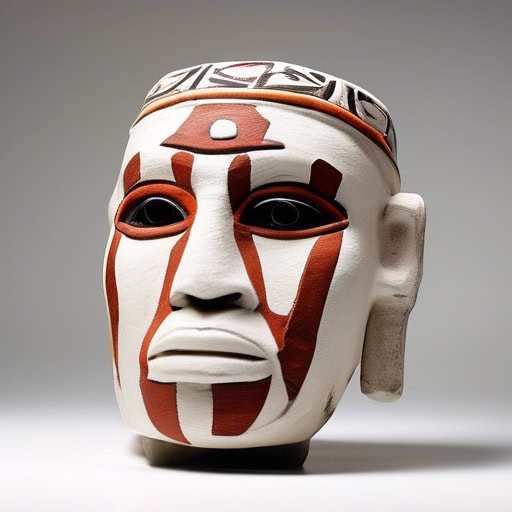
- Cultural anthropology plays a crucial role in ethnoarchaeology by providing insights into the behaviors and beliefs of current societies.
- Understanding the cultural practices of modern communities can help archaeologists interpret ancient artifacts and sites more accurately.
- By utilizing the methods of cultural anthropology, researchers can bridge the gap between past and present societies in their studies of human history.
Quick Facts
- Archaeology is the study of human history and prehistory through the excavation of sites and the analysis of artifacts and other physical remains.
- The first known archaeological excavation was conducted in the 18th century by Italian archaeologist Raffaele Fabretti at the ancient Roman city of Herculaneum.
- One of the most famous archaeological discoveries is the tomb of King Tutankhamun in Egypt, which was found nearly intact by British archaeologist Howard Carter in 1922.
- Archaeologists employ a range of scientific techniques, including radiocarbon dating and DNA analysis, to determine the age and origins of artifacts and human remains.
- Archaeology offers valuable insights into ancient cultures, societies, and civilizations, enabling us to better understand the past and its impact on the present.
